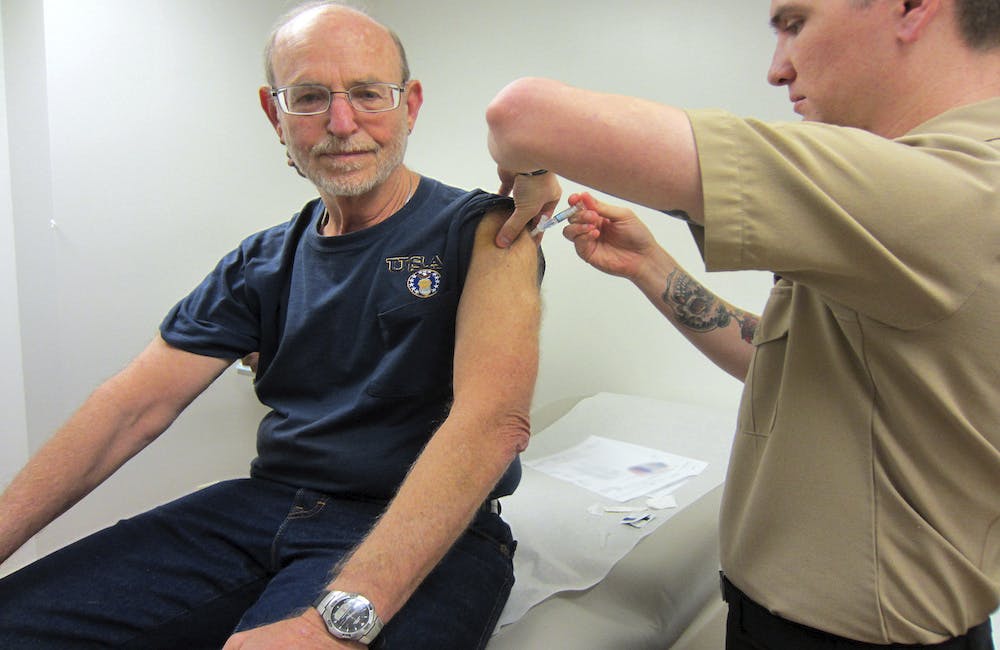EHR Interoperability and Emerging Tech in Focus at HHS
The No. 2 leader reiterates the agency’s goals toward cutting costs and empowering patients with data.

The Department of Health and Human Services has been working to reduce unnecessary regulatory burdens using advanced technology toward giving patients easy access to their electronic health records, Deputy Secretary Eric Hargan highlighted Tuesday. Artificial intelligence tools and mobile app implementation can provide viable solutions for cost management and empowering patients.
“I had all of our regulations put into AI, had them scanned and looked at by AI. I gave it to one of our consultants and just did some really initial scrubs … for terms that were outmoded like ‘telegram’ or ‘telegraph’ — requirements and regulations that you [must] communicate with HHS by telegram or telegraph,” Hargan explained in a keynote conversation at the Digital Health CXO Tech Forum.
“We look for old terms that really don’t have any validity anymore — places where we had laws that we were referencing that don’t exist or had been repealed, cross-references that don’t work, orphan regulations,” he said. These include outdated regulations, such as those regarding Y2K from 1999 that the agency was able to effectively identify and eliminate.
With these shifts toward cutting costs, HHS has been deemed the leading federal agency in deregulation, having garnered $25 billion in regulatory savings over the course of two years.
Hargan also noted the agency’s goal to improve interoperability between hospitals, providers, and patients through collaboration with the Office of the National Coordinator’s Health IT.
“We are going to carry this rule into finality because we are going to give what the Cures Act calls out, which is that Americans are going to be able to get their health records from their providers on an app on their smartphone for free,” Hargan iterated.
“As opposed to some other initiatives, we are not going to be solving this problem technologically in house,” Hargan continued. “We are going to be setting technical standards in the rules you may have seen — HL7 FHIR standards for the programming and how the APIs are going to function — so we have a common standard. But we are relying on the private sector to develop those apps and to develop the ways of coordinating to get the data that are going to bring them to the department.”
In addition to enabling data sharing through third-party health care apps, Hargan said the agency is working on a trust-exchange framework to allow health information networks and exchanges to acquire information from providers.
Those who do not comply with the proposed rules ONC has laid out could face fines as high of $1 million for withholding electronic health information.
The finalized rules, moreover, will “open a completely different world” for patients in which they will have portability, access and control of their own health records, he concluded.
This is a carousel with manually rotating slides. Use Next and Previous buttons to navigate or jump to a slide with the slide dots
-

CDC Updates Public Health Data Strategy
Accelerating data sharing through capabilities like electronic case reporting make up a large portion of the new two-year plan.
3m read -

HHS Makes One-Stop Cybersecurity Shop in ASPR
The agency is working on standards and cyber incident response capabilities to help health care organizations combat ransomware threats.
4m read -

Women Technologists Highlight Workforce Impacts in FDA IT Plan
Tech leaders tackle amplifying women in the workforce as the agency works toward its two-year IT modernization plan.
3m read -

VA Kicks Off EHR Program at Joint Facility with DOD
The agency's Dr. Neil Evans briefed how the Oracle-Cerner program rollout in North Chicago is informing next steps in EHR modernization.
4m read







